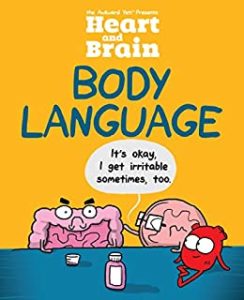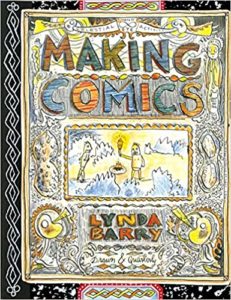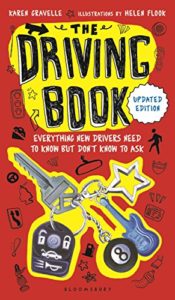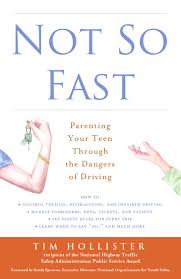Untamed by Glennon Doyle & Born a Crime by Trevor Noah
I have been on a nonfiction reading kick of late, with autobiographies and memoirs filling much of the space on my nightstand. Two recent titles I made my way through include “UNTAMED” by GLENNON DOYLE and “BORN A CRIME” by TREVOR NOAH. While vastly different in their subject matter, they each contain a powerful narrative voice.
In Doyle’s “Untamed,” imagine going on your book tour to promote your newest work of inspirational Christian literature and telling your fans that you’ve met the true love of your life. Oh, and guess what? It’s a woman. But that is exactly what Doyle did while touring for her “Love Warrior” book. As she puts it, she shared “her truth,” and while it may have upset some people, what she learned through the process is she has to be honest with herself and not live in a “cage” of fear or denial.
The analogy of being put into a cage is used throughout the narrative. She details her memories of when she “lost her wild.” She was 10 years old when the realization of society’s expectations started to weigh on her. This is when she remembers losing her happiness and turning to unhealthy ways of dealing — first bulimia, then later, alcohol.
She not only shares her struggles with addiction and bulimia but discusses her husband’s infidelity and how she finally dealt with these issues by giving herself a pass to stop “being good” and “start being brave.” She often says, “The braver we are, the luckier we get.” And in Doyle’s case, this seems to be true. This memoir is more than her story, it’s a wake up call to women.
No topic is off limits for Doyle. She discusses family, racism, religion, parenting, anxiety and so much more. She is adamant that martyring oneself does not make one a good mother. She advocates that women set boundaries, stop trying to please society and start pleasing themselves. She admits to not having all the answers but writes that she has started to trust her “Knowing” and that her life has only gotten better.
While this title is not my typical fare — I picked it up because a friend recommended it — I enjoyed it tremendously. I found myself laughing and crying many times during the reading. While not all of what Doyle preaches aligns with my personal philosophy, I appreciate her feminist approach and her recognition that how she was living was not working for her. This is a powerful addition to today’s inspirational titles and stands out because of Doyle’s passionate voice and delivery.
In “Born a Crime,” comedian and “Daily Show” host Trevor Noah uses tales from his childhood in South Africa to create a moving autobiography. His stories tell of apartheid and how the institutionalized system of racial segregation and discrimination shaped his upbringing and affected his family, but he also tells of his powerful, no-nonsense mother. His mother’s uniqueness is the star of much of the book.
Each story is proceeded by a section that explains parts of apartheid or South African culture. This is a clever and helpful addition because without it readers may not grasp the importance of the story or the significance to his life. Noah is funny, accessible and honest.
I could not put this book down. I was fascinated by Noah’s writing style and his descriptions of events. He does an excellent job of foreshadowing to keep the reader interested.
Noah’s respect for his mother is obvious. This book was written as a tribute to her and to give her credit for surviving a not-so-idyllic life, as much as it was for Noah to have an outlet. He dedicated the book to his mother: “My first fan. Thank you for making me a man.”
Noah’s matter-of-fact and humorous way of telling stories keeps the narrative moving and will make readers laugh, cry and want more.
Jeana Gockley is the director for the Joplin Public Library.
Find in catalog – Untamed & Born a Crime.


 Heart and Brain: Body Language by Nick Seluk
Heart and Brain: Body Language by Nick Seluk
 The Driving Book: Everything New Drivers Need to Know but Don’t Know to Ask by Karen Gravelle
The Driving Book: Everything New Drivers Need to Know but Don’t Know to Ask by Karen Gravelle